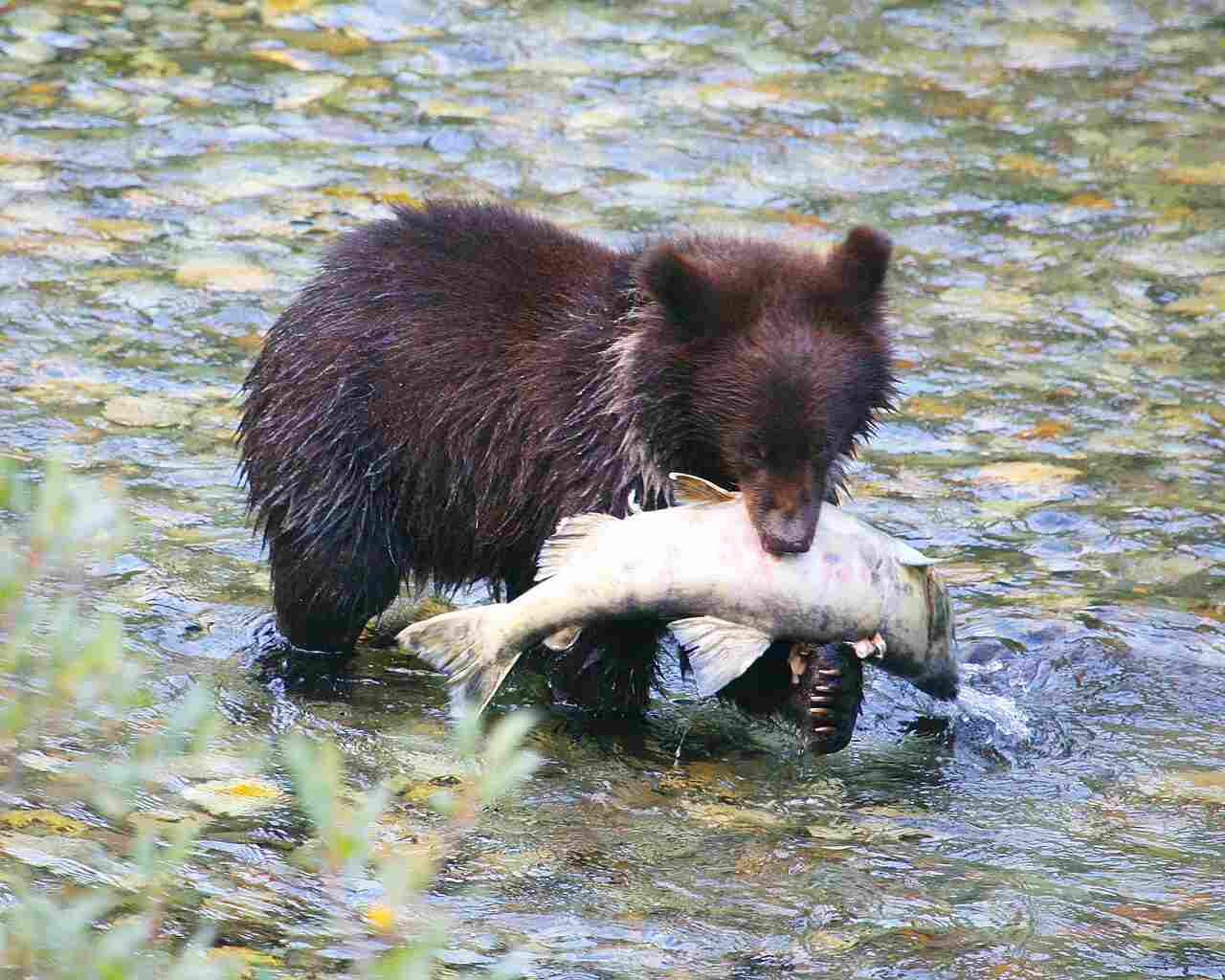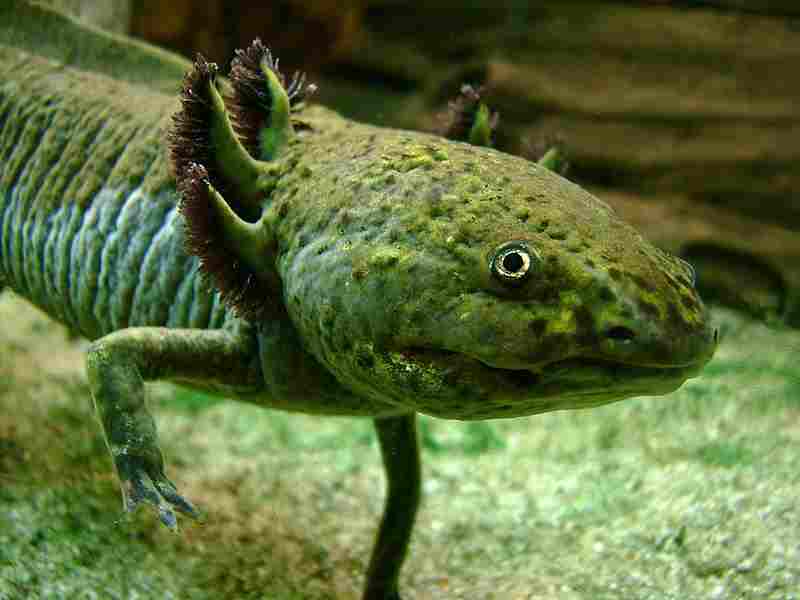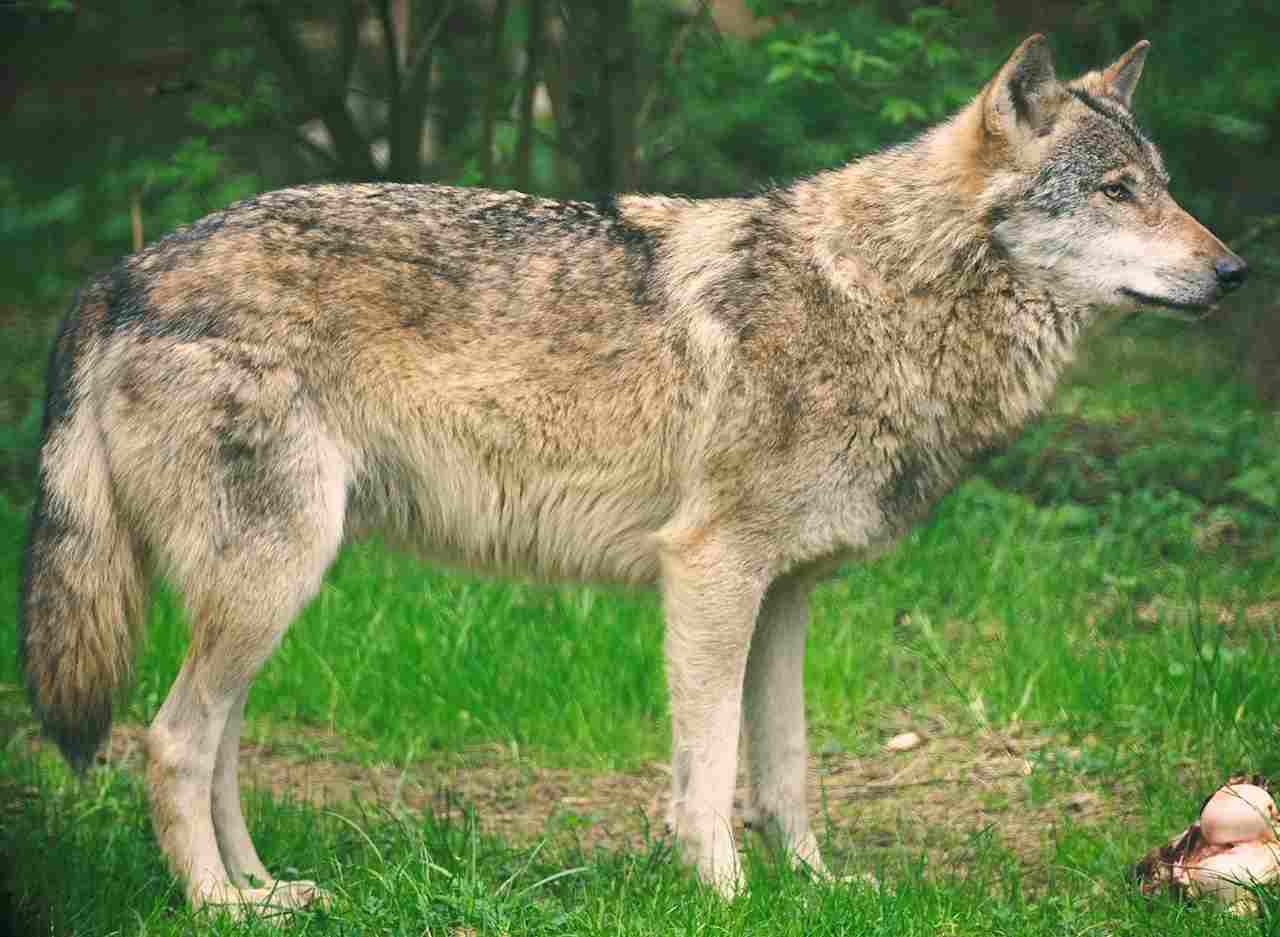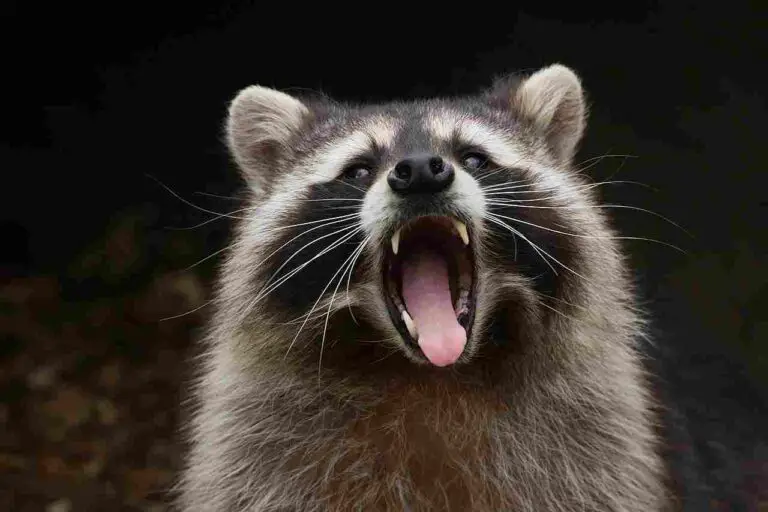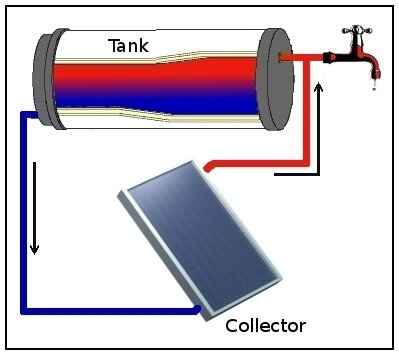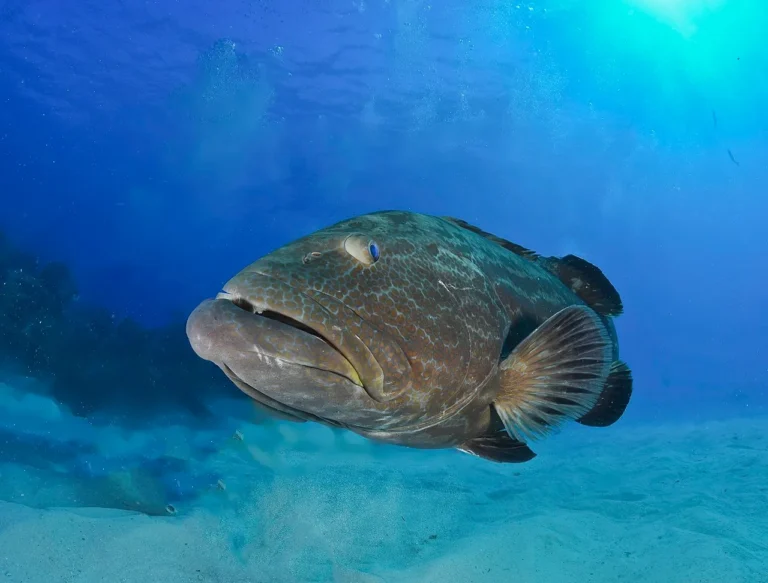Polar Bear Food Chain/Polar Bear Food Web Analysis
Polar bears are integral parts of Arctic food chains and food webs, playing crucial roles as consumers within these ecosystems. As apex predators, they occupy the highest trophic levels, regulating prey populations and maintaining ecosystem balance. In the intricate web of Arctic interactions, polar bears primarily feed on seals, such as ringed seals and bearded seals, which themselves consume smaller organisms like fish and crustaceans. This makes polar bears quintessential consumers within the Arctic food web, showcasing their significance in maintaining the delicate balance of this unique ecosystem.
Is a Polar Bear a Consumer?
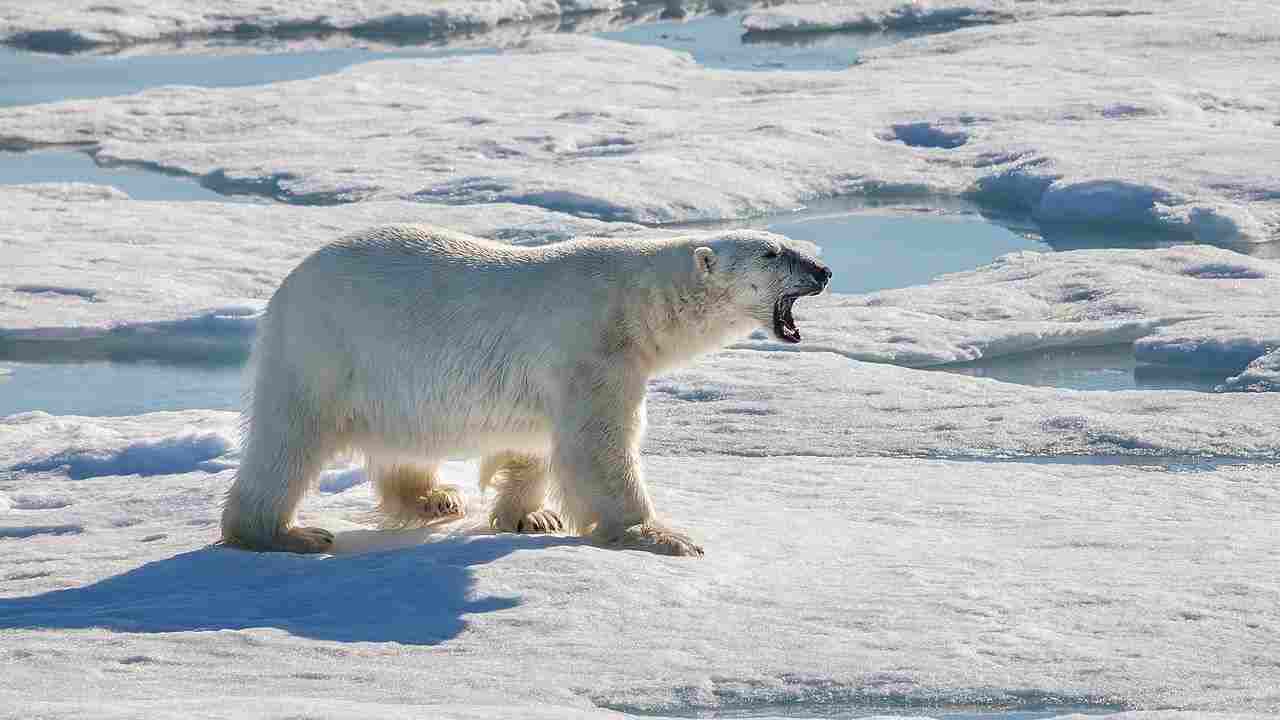
Yes, a polar bear is indeed a consumer within its ecosystem. As an apex predator, polar bears occupy a top position in the food chain, feeding on other organisms for sustenance. They primarily consume seals, such as ringed seals and bearded seals, making them consumers in the Arctic food web. By consuming other organisms, polar bears play a crucial role in regulating prey populations and maintaining ecosystem balance.
Reasons Why a Polar Bear is a Consumer
Polar bears exhibit traits and behaviors characteristic of consumers within ecosystems. They actively hunt and consume other organisms, primarily seals, as their main source of food. Their diet consists almost exclusively of meat, further confirming their classification as consumers. Additionally, polar bears play a vital role in energy transfer within Arctic food webs, as they obtain energy by consuming other organisms and contribute to the flow of nutrients throughout the ecosystem.
What Type of Consumer is a Polar Bear?
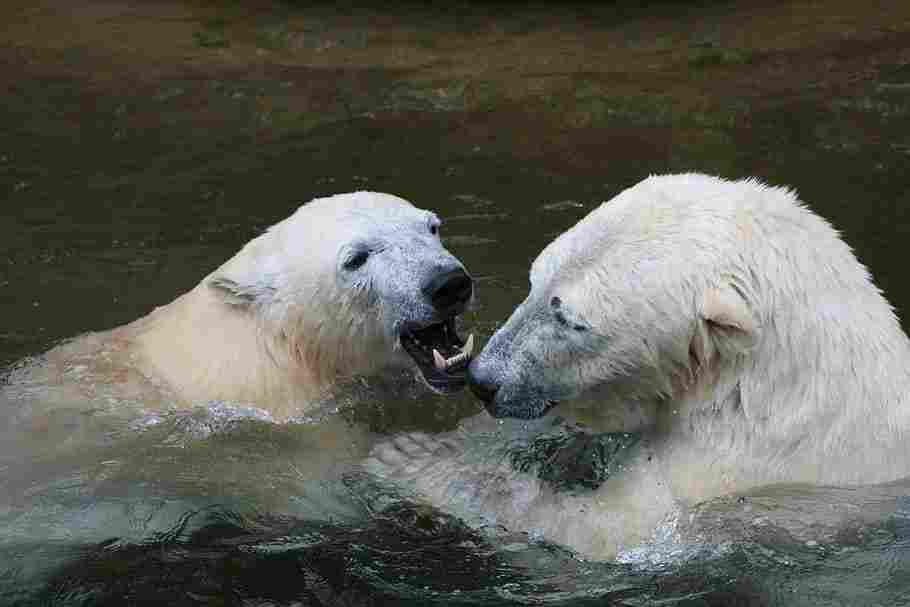
A polar bear is classified as a tertiary consumer within its ecosystem. As an apex predator, it occupies the highest trophic level in Arctic food chains and food webs. Polar bears primarily feed on seals, which are secondary consumers themselves, as they consume smaller organisms like fish and crustaceans. By preying on these secondary consumers, polar bears demonstrate their position as tertiary consumers in the Arctic ecosystem.
Reasons Why a Polar Bear is a Tertiary Consumer
Polar bears are considered tertiary consumers due to their position at the top of the Arctic food chain. They primarily prey on seals, which are secondary consumers within the ecosystem, feeding on smaller organisms like fish and crustaceans. By consuming these secondary consumers, polar bears effectively occupy the third trophic level. This classification highlights their role as apex predators and emphasizes their importance in regulating prey populations and maintaining ecosystem balance within the Arctic ecosystem.
Condition(s) Under Which a Polar Bear is a Quaternary Consumer
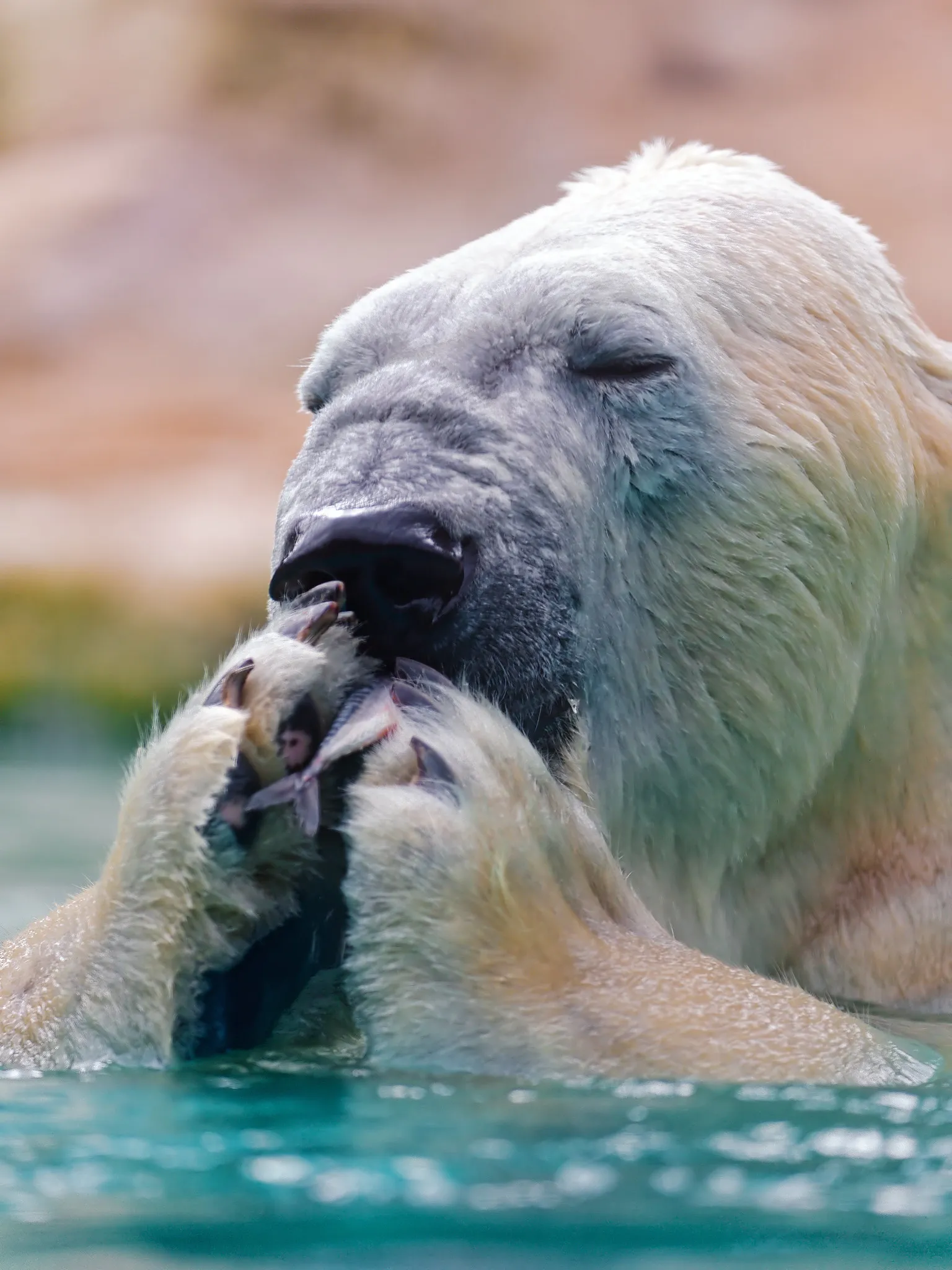
A polar bear would be classified as a quaternary consumer in ecosystems where there is a large and diverse enough ecological community to support five trophic levels. In such conditions, polar bears would feed on organisms that occupy the fourth trophic level, which could include predators or scavengers consuming other consumers within the ecosystem. This scenario would indicate a complex and well-developed food web where polar bears play a crucial role as top predators, further highlighting their importance in ecosystem dynamics.
Polar Bear Food Chain Position
Polar bears occupy the highest position in the Arctic food chain as apex predators. Their role as top predators grants them access to a wide range of prey species, primarily seals, which they hunt to sustain themselves. As apex predators, polar bears play a critical role in regulating the populations of their prey species and influencing the overall structure and dynamics of the Arctic ecosystem.
Polar Bear Food Web Position
Within the Arctic food web, polar bears hold a prominent position as apex predators. Their primary prey includes seals such as ringed seals and bearded seals, which in turn consume smaller organisms like fish and crustaceans. By feeding on these secondary consumers, polar bears help maintain the balance of the ecosystem and contribute to the flow of energy and nutrients within the Arctic food web.
What Is The Polar Bear’s Food Chain Contribution?
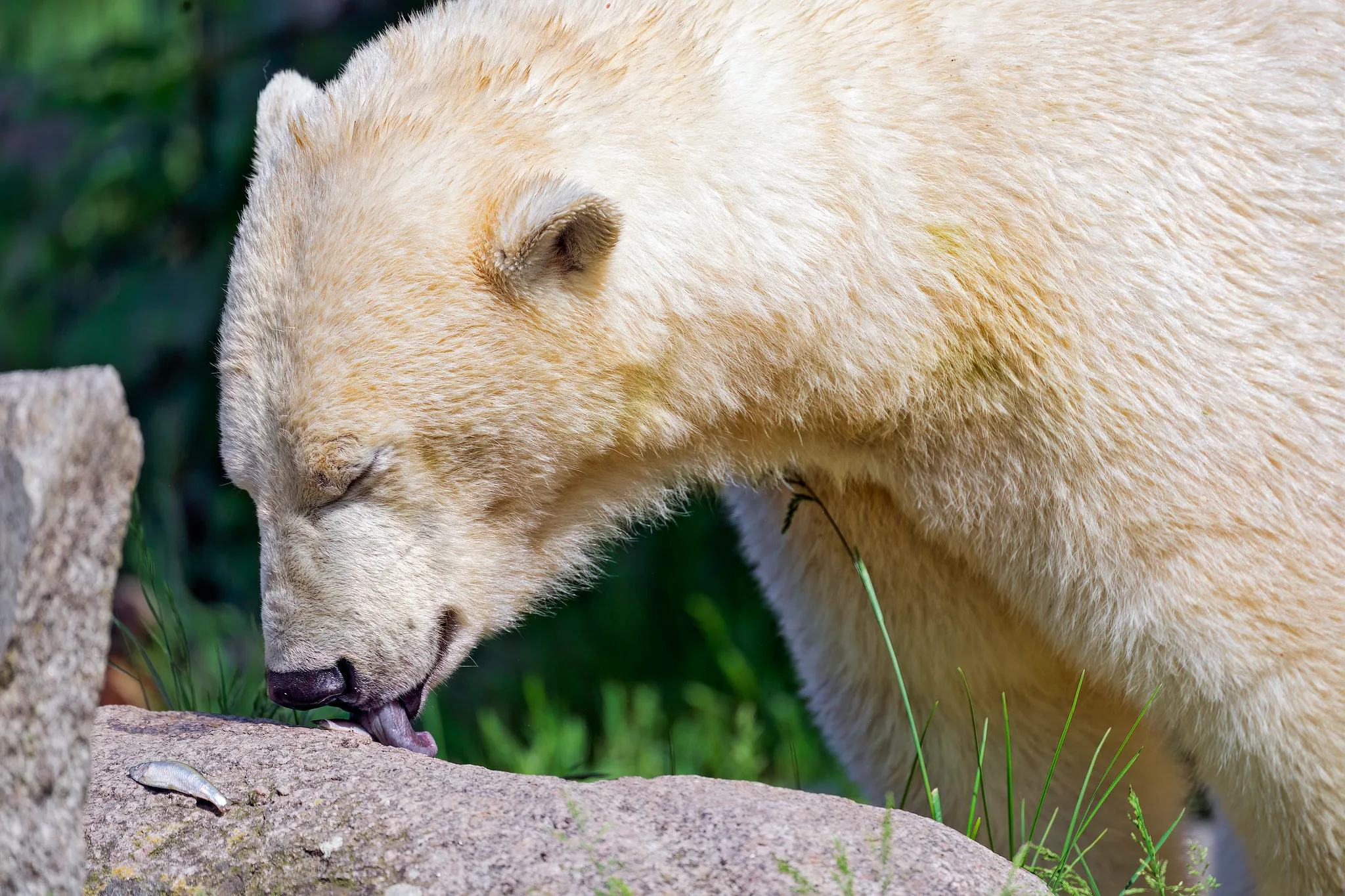
The polar bear’s food chain contribution is multifaceted. As an apex predator, polar bears play a crucial role in controlling the population sizes of their prey, primarily seals. By regulating seal populations, polar bears indirectly influence the abundance of lower trophic levels, such as fish and crustaceans, which seals feed on. Additionally, polar bears act as indicators of ecosystem health, with changes in their population numbers reflecting broader environmental changes in the Arctic. Overall, the presence of polar bears in the food chain helps maintain the balance and integrity of the Arctic ecosystem.
What Are The Predators Of The Polar Bear?
Polar bears, as apex predators, have few natural predators. However, they may face threats from other apex predators such as killer whales (orca) and occasionally larger polar bears. Additionally, human activities, including hunting and habitat destruction, pose significant threats to polar bear populations. While polar bears are formidable predators themselves, they are not immune to pressures from other predators and human-induced disturbances in their environment.
Are Polar Bears Prey Or Predator?
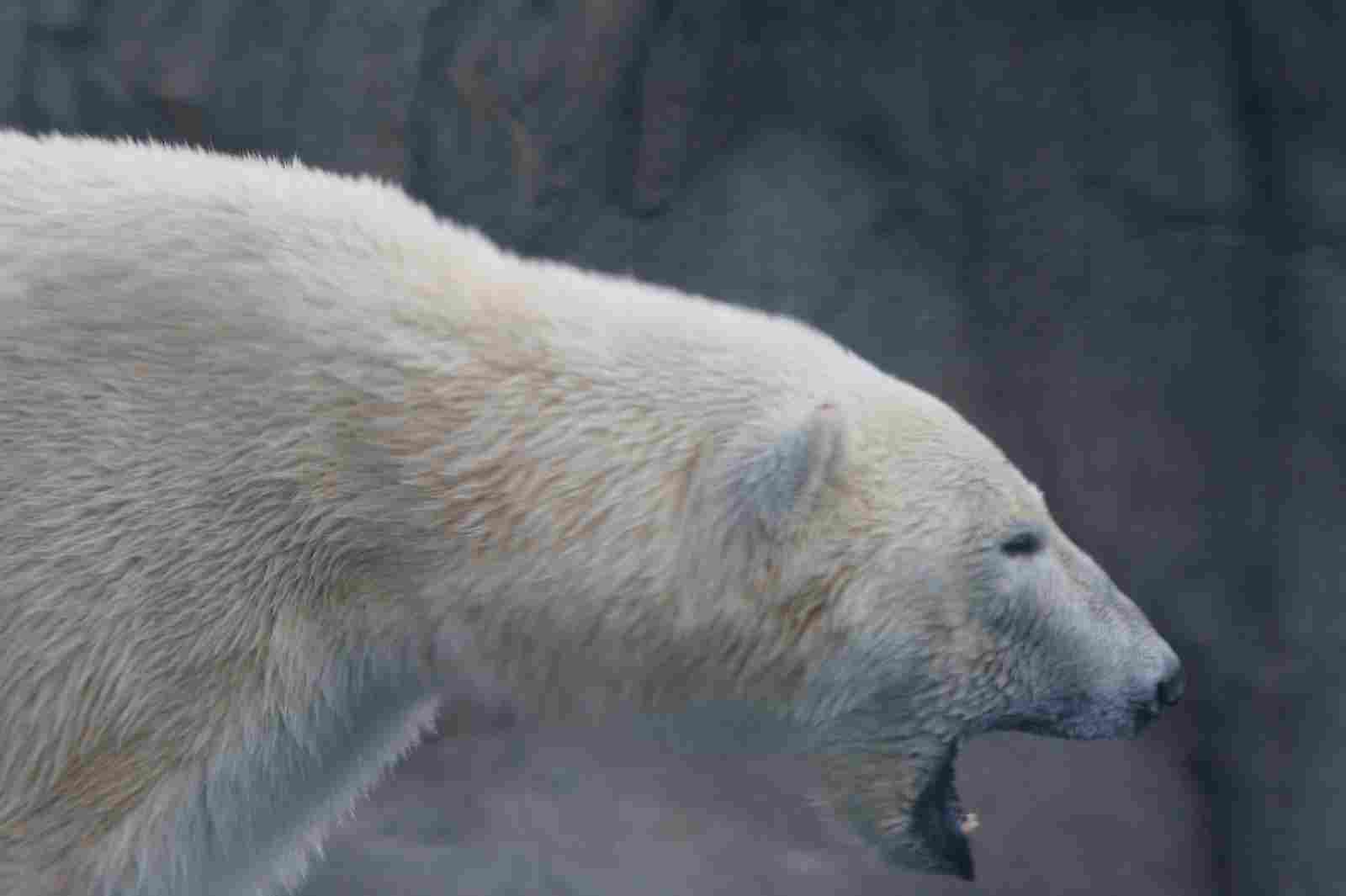
Polar bears are primarily predators in their ecosystems. As apex predators, they occupy the top position in the Arctic food chain and play a vital role in regulating prey populations, particularly seals. However, polar bear cubs and occasionally injured or sick adult bears may become prey for other predators such as larger polar bears or killer whales. Overall, polar bears are predominantly predators, but they can also be vulnerable to predation under certain circumstances.
Are Polar Bears Above Humans In The Food Chain?
In the Arctic ecosystem, polar bears are considered apex predators, occupying the highest position in the food chain. However, in terms of human impact and influence on the environment, humans often exert control over various aspects of the food chain, including through hunting, fishing, and habitat modification. Therefore, while polar bears are apex predators in their natural habitat, humans can significantly affect their populations and the broader Arctic food web through direct and indirect interactions.
What Is The Polar Bear’s Ecosystem?
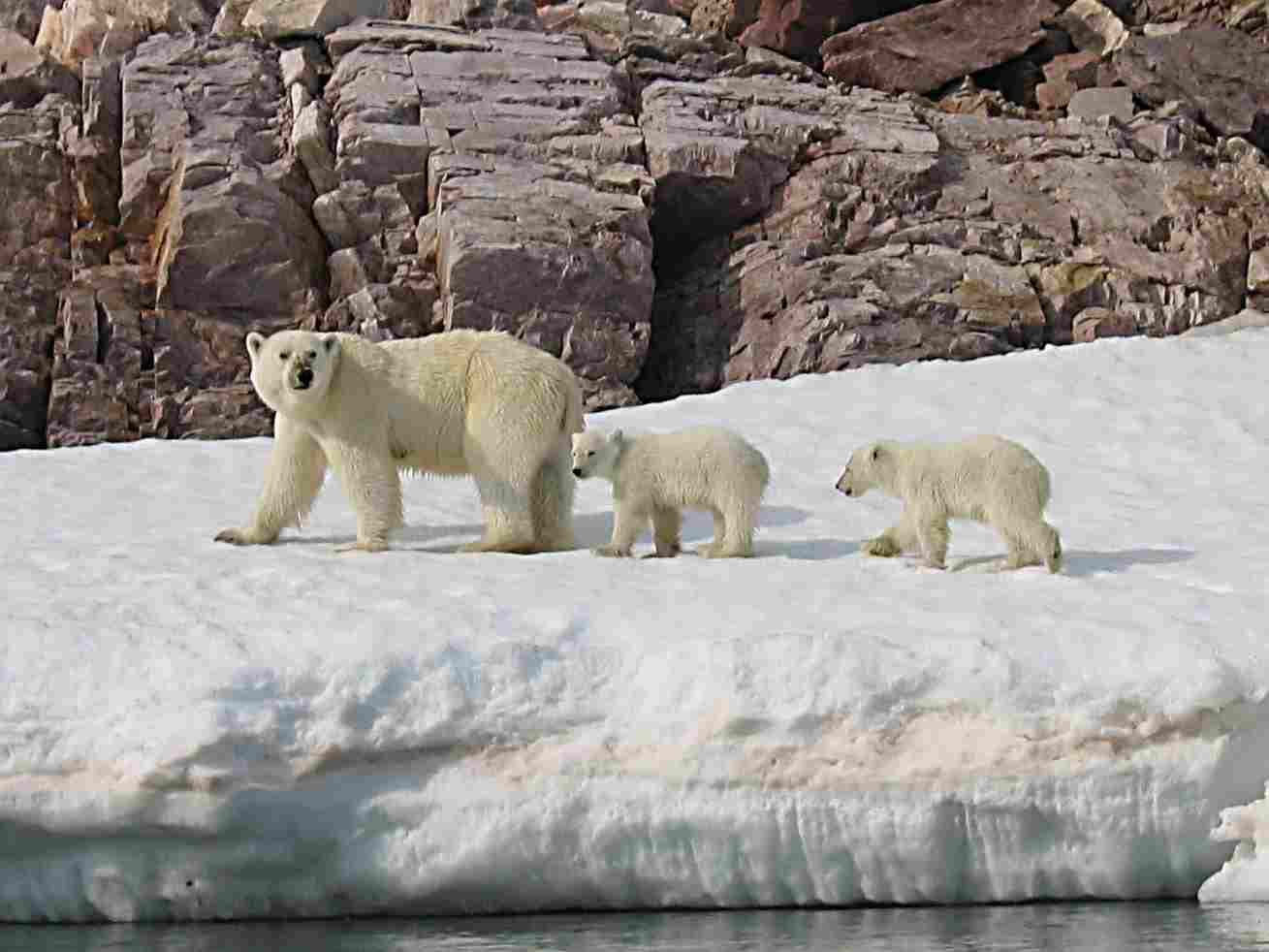
Polar bears inhabit the Arctic ecosystem, a vast and unique environment characterized by its extreme cold temperatures, icy landscapes, and limited vegetation. They are specifically adapted to life on sea ice, where they hunt seals primarily. The Arctic ecosystem also includes a variety of other species adapted to the harsh conditions, such as seals, walruses, whales, and various seabirds. Additionally, the Arctic ecosystem is interconnected with global climate patterns and plays a crucial role in regulating Earth’s climate system. Therefore, polar bears are integral components of the Arctic ecosystem, contributing to its complexity and functioning.
How Do Polar Bears Impact Their Local Ecosystem?
Polar bears play a significant role in shaping their local ecosystem in the Arctic. As apex predators, they help regulate the population sizes of their prey, primarily seals, which in turn affects the abundance of lower trophic levels, such as fish and crustaceans. By controlling prey populations, polar bears indirectly influence the entire food web structure and dynamics in their habitat.
Furthermore, polar bears contribute to nutrient cycling through their consumption of prey and subsequent deposition of waste. Their movements across vast Arctic landscapes also aid in the redistribution of nutrients and energy, influencing the distribution and abundance of other species in the ecosystem.
Moreover, polar bears serve as indicators of ecosystem health, with changes in their population sizes reflecting broader environmental changes, such as sea ice loss due to climate change. Therefore, the presence and behavior of polar bears play a crucial role in maintaining the balance and functioning of their local Arctic ecosystem.
Polar Bear Trophic Level
Polar bears occupy the apex predator position in their ecosystem, placing them at the highest trophic level within the Arctic food chain. As tertiary consumers, they primarily feed on seals, which are secondary consumers in the food web. This trophic level positioning underscores the crucial role polar bears play in regulating prey populations and maintaining ecosystem balance in the Arctic.
Is A Polar Bear A Carnivore?
Yes, a polar bear is a carnivore, meaning it primarily consumes meat. Their diet consists mainly of seals, although they may also opportunistically prey on other animals such as walruses, beluga whales, and occasionally, scavenging on carcasses. Polar bears have evolved as specialized carnivores, adapted to hunt and consume prey in their Arctic habitat.
Reasons Why Polar Bears are Carnivores
Polar bears are carnivores due to their biological adaptations and habitat requirements. Several factors contribute to their carnivorous nature:
-
Physical Characteristics: Polar bears possess sharp teeth and powerful jaws designed for capturing and consuming prey. Their large body size and muscular build enable them to overpower and kill seals, their primary prey.
-
Arctic Environment: In the harsh Arctic environment, where vegetation is scarce and the primary productivity is low, polar bears have evolved to rely on meat as their main source of nutrition. Seals provide a high-energy food source essential for sustaining polar bears in the extreme cold.
-
Hunting Behavior: Polar bears are skilled hunters, capable of stalking seals on sea ice and patiently waiting for opportunities to ambush them. Their hunting strategies, such as breaking through ice to access seal breathing holes, highlight their carnivorous nature.
-
Metabolic Needs: As large mammals living in a cold environment, polar bears have high metabolic rates and require a diet rich in fat and protein to meet their energy needs. Carnivorous diets, particularly those consisting of seals, fulfill these requirements effectively.
In general, the biological adaptations of polar bears, coupled with the unique challenges of their Arctic habitat, make them highly specialized carnivores perfectly suited for their role as apex predators in the region.
*Summary
| Key Takeaways |
|
Polar bears are apex predators in the Arctic ecosystem, occupying the highest trophic level.
|
|
They primarily consume meat, making them carnivores adapted to hunting and consuming prey.
|
|
Polar bears’ diet consists mainly of seals, which provide essential nutrients and energy for survival.
|
|
Their carnivorous nature is supported by their physical characteristics, hunting behavior, and metabolic needs.
|
|
As top predators, polar bears play a crucial role in regulating prey populations and maintaining ecosystem balance in the Arctic.
|
Related FAQs
- What do polar bears eat?
- Polar bears primarily eat seals, such as ringed seals and bearded seals. They may also consume other marine mammals and occasionally scavenge on carcasses.
- Are polar bears endangered?
- Yes, polar bears are listed as a vulnerable species by the International Union for Conservation of Nature (IUCN) due to the ongoing loss of their sea ice habitat caused by climate change.
- How do polar bears hunt?
- Polar bears primarily hunt seals by stalking them on sea ice or near breathing holes. They may also wait by seal breathing holes or break through ice to access seals swimming beneath.
- Do polar bears hibernate?
- Polar bears do not hibernate in the same way as some other bear species. Instead, pregnant polar bears den in snowdrifts or excavate dens in the snow to give birth and care for their cubs during the winter months.
- How do polar bears survive in the Arctic?
- Polar bears are adapted to survive in the harsh Arctic environment through their thick fur, layer of fat for insulation, specialized hunting skills, and ability to swim long distances. They rely on sea ice as a platform for hunting seals, their primary prey.
- How many polar bears are left in the wild?
- Estimates of the global polar bear population vary, but recent studies suggest there are between 22,000 to 31,000 polar bears remaining in the wild. However, populations are declining due to habitat loss and other threats.
-
What are the conservation efforts for polar bears?
- Conservation efforts for polar bears focus on addressing climate change to mitigate sea ice loss, reducing human-bear conflicts, managing hunting quotas, and protecting critical habitat areas. These efforts aim to ensure the long-term survival of polar bear populations.


